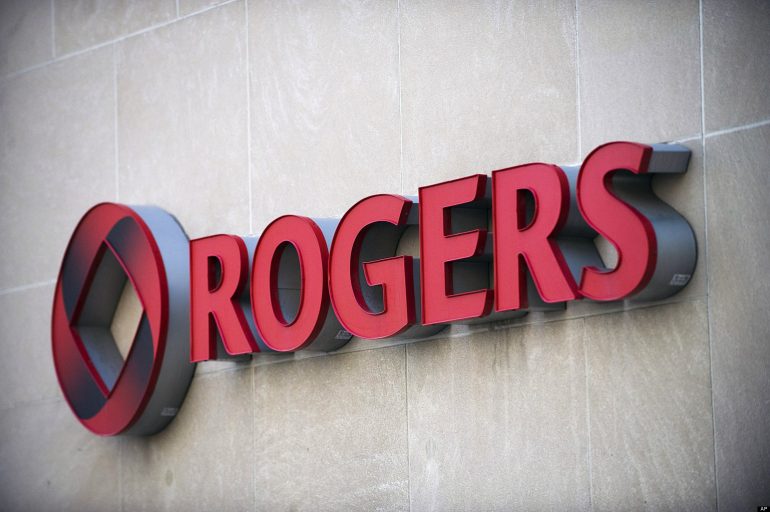Rogers is supporting the development of IoT in Canada with the launch of its LTE Cat M1 network (LTE-M), which it said will help businesses connect and track their assets in real-time using solutions such as logistics tracking, alarm monitoring, and smart metering.
LTE-M will connect fixed and mobile low-power IoT devices, allowing them to carry information with longer battery life and better network coverage in hard-to-reach areas.
“As leaders in IoT, we are committed to supporting our customers as they explore the capabilities and benefits available through Rogers rapidly growing IoT ecosystem,” said Dean Prevost, the president of enterprise at Rogers Communications. “With the launch of LTE-M, we are empowering the adoption of reliable, low cost, and secure IoT solutions that support a variety of use cases such as asset tracking, smart cities, utilities, transportation, and supply chain management.”
“IoT is now a mainstream tool of Canadian businesses, with 81 percent of medium and large-sized Canadian organizations using IoT solutions today, up from 70 percent last year,” said Nigel Wallis, the vice president of the Internet of Things and industry research at IDC Canada. “The development of industry-specific IoT solutions addresses unique business needs, like smart utilities and smart asset tracking. Low-power wide area networks (LPWAN) enable businesses to re-think traditional operations practices, and to innovate in ways they would not have attempted before.”
The national rollout of LTE-M will start with an initial launch in Ontario by the end of 2018, followed by additional provinces throughout 2019, and a full national rollout completed by 2020.
“Rogers has a strong history of innovation in IoT. LTE-M continues that leadership and is a key part of our plan towards building a 5G-ready network,” said Jorge Fernandes, the chief technology officer of Rogers Communications. “LTE-M will bring Massive IoT to life – a market with tremendous scale for connected devices – and will fundamentally improve how Canadian businesses and cities operate.”


